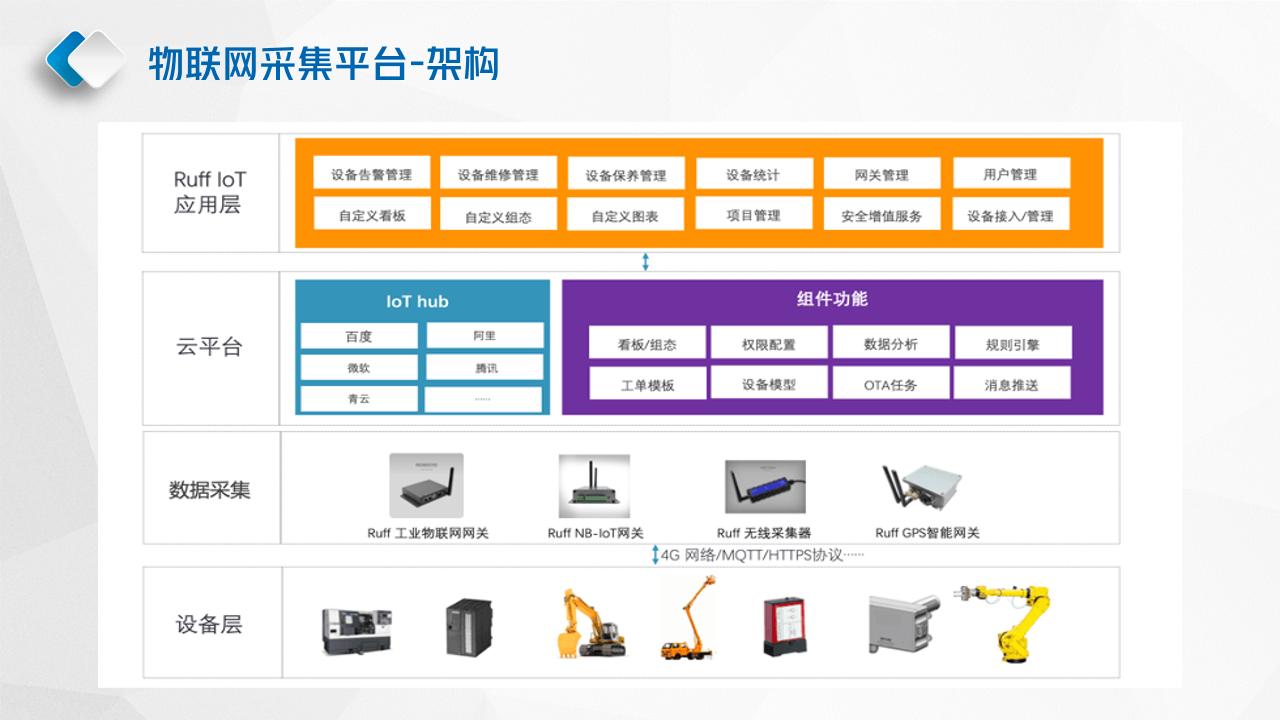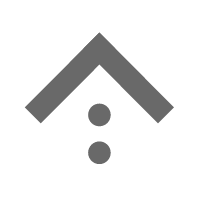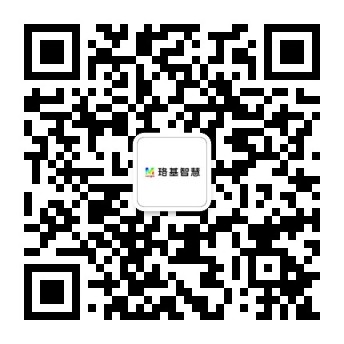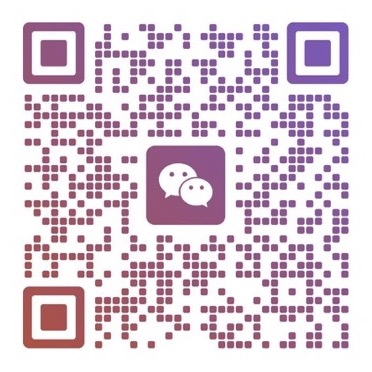
The IoT data collection platform is a platform based on IoT technology for collecting and processing various data. It can connect a variety of sensors and devices to monitor and analyze data such as environment, equipment, and personnel in real time, and upload the data to the cloud for storage and processing. The data collection IoT platform can realize functions such as automated control and intelligent decision-making, improve production efficiency and quality, and reduce costs and risks. It is widely used in industry, agriculture, transportation, medical care, energy and other fields.


Data integration and connection: The platform can connect and integrate various devices and sensors, such as PLC, instrumentation, sensors, CNC machine tools, robots, etc., to achieve comprehensive data collection and standardized processing.
Real-time monitoring and early warning: The platform monitors the operating status of the IoT system in real time, and provides timely early warning and alarm of fault problems through centralized equipment management in the cloud.
Data visualization and display: The platform visualizes IoT data and queries real-time and historical data through charts, reports, and dashboards.
Data analysis and mining: Through big data analysis technology, hidden information and trends can be discovered from massive data, helping enterprises make data-driven decisions and optimize their business.
Data fusion and sharing: The platform has data interfaces such as MQTT, Modbus, and HTTP, which facilitates data connection to different upper-level application software.
Device access and management: Supports multiple wireless communication technologies and device access protocols to achieve access and management of various IoT devices.
Data collection and storage: Real-time acquisition and storage of various types of data collected from IoT devices, including sensor data, device status, etc.
Data analysis and processing: Use big data technology and artificial intelligence algorithms to analyze and process collected data in real time to discover patterns and regularities in the data.
Application interface and development support: Provide open application interface (API) to support application developers to develop applications using platform data and functions.
Real-time monitoring and remote control: Provide real-time monitoring of equipment operation status and data, support remote control of equipment, and remotely operate and control equipment through the platform.
Alarms and notifications: Alarms and notifications are triggered based on abnormal conditions of device data or preset rules.
Data visualization: Display device data, real-time status and historical records through a visual interface.
System integration and scalability: supports integration with other systems and has good scalability.
Device management capabilities: Enable administrators to easily add new devices, monitor the status and performance of devices, and perform remote maintenance and control when needed.
Data collection and storage function: It has powerful data collection and storage capabilities and can collect various data from connected devices in real time.
Security features: Strong security measures are in place to protect data and devices from potential threats and attacks.
Communication protocols and interoperability: Supports multiple communication protocols to ensure smooth operation between devices and systems.
These functions work together to provide comprehensive support and guarantee for the operation of the Internet of Things system, and promote the widespread application of Internet of Things technology in various fields.


 EN
EN
 ZH
ZH






